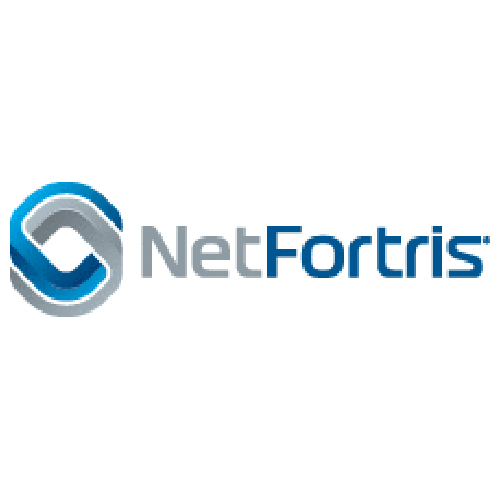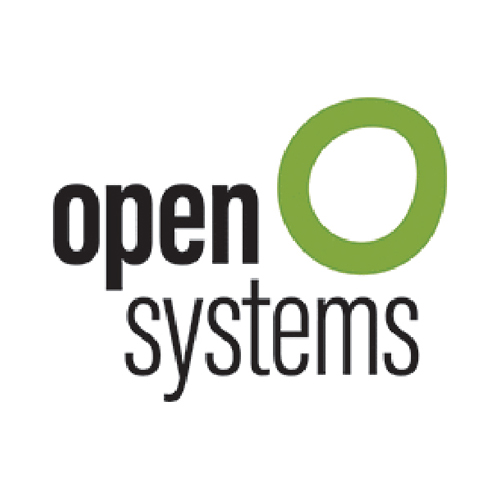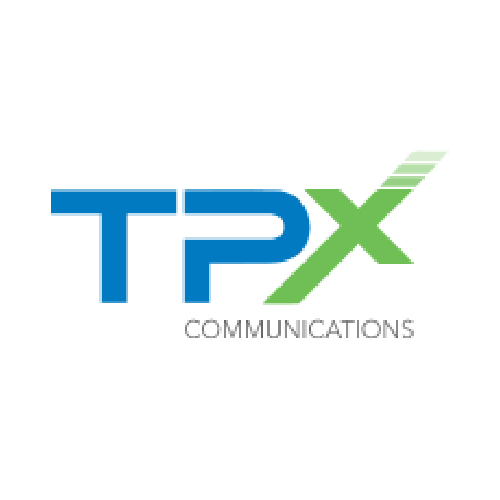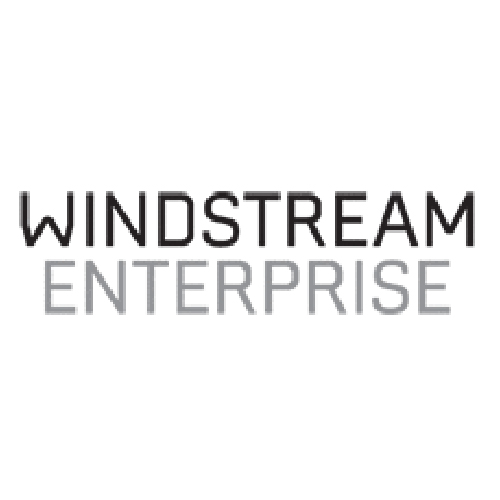Software Defined Wide-Area-Network (SD-WAN)
Software Defined Wide Area Network (SD-WAN), is an application-aware, over-the-top WAN connectivity service that uses policies to determine how application flows are directed over multiple underlay networks, irrespective of the underlay technologies or service providers who deliver them. Organizations can deploy SD-WAN at strategic business locations in place of more traditional WAN connections or implement SD-WAN as a comprehensive WAN application in either a primary or business continuity strategy.
Is SD-WAN Right for My Organization?
Enterprises have been increasingly investing in open and flexible cloud solutions, and SD-WAN represents an effort to engineer similar benefits in their data center architecture. SD-WAN architecture is particularly beneficial to environments separated by distance — for example, between main offices and branch offices. Whereas traditional WAN can be expensive and complex, SD-WAN architecture reduces recurring network costs, offers network-wide control and visibility, and simplifies the technology with zero-touch deployment and centralized management. The key to the SD-WAN architecture is that it can communicate with all network endpoints without the need for external mechanisms or additional protocols.
This means customers have the flexibility to choose the type of underlay network that works best for their users and environment, maximizing the utilization by allowing you to use all available bandwidth across available underlay networks.
As cloud-based applications continue to be adopted and consumed, leveraging a flexible SD-WAN platform allows you to maximize application performance and efficiency in a way that traditional hub-and-spoke networks cannot. Consider the following:
- How many offices do you have and where are they located?
- What is your current network topology?
- What type of connectivity do you have at each location? MPLS, the internet, etc.
- What are your mission critical applications?
- What are you using for your voice or video applications?
- What cloud or SaaS applications are you utilizing today? Azure, AWS, O365?
- Do you have remote workers?
- What kind of firewall are you utilizing today?
- Are you using any WAN optimization devices?
Key Benefits of SD-WAN
Centralized Management
Centralized management of all business locations via an easy-to-use console allows for administrators to efficiently make changes, and reduces the need for premise-based resources to perform configuration modifications.
Performance Monitoring
Network performance can be monitored remotely via desktop, mobile or voice-activated devices.
Dynamic policy creation
Dynamic policy creation to direct network traffic to the optimal path.
Reduce Downtime
Automatic failover capabilities to mitigate downtime via redundant diverse access.
Consolidated Hardware
Provides for consolidation of hardware devices such as, routers, firewalls, WAN optimization, wireless access points, and VPN concentrators.
Independent Underlying Network
The independence of the underlying network provides greater selection of both access types and network providers.
























